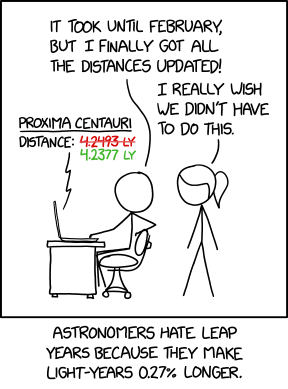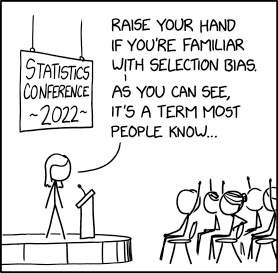Read more of this story at Slashdot.
Luciano
Shared posts
We Never Agreed To Only Buy HP Ink, Say Printer Owners
Russian state media blames Ukraine and West for attack
Caffeine Makes Fuel Cells More Efficient, Cuts Cost of Energy Storage
Read more of this story at Slashdot.
Trying Out Microsoft's Pre-Release OS/2 2.0
Read more of this story at Slashdot.
Worldwide Obesity Tops 1 Billion
Read more of this story at Slashdot.
Molly White Reviews Blockchain Book
Luciano;-)
Molly White—of “Web3 is Going Just Great” fame—reviews Chris Dixon’s blockchain solutions book: Read Write Own:
In fact, throughout the entire book, Dixon fails to identify a single blockchain project that has successfully provided a non-speculative service at any kind of scale. The closest he ever comes is when he speaks of how “for decades, technologists have dreamed of building a grassroots internet access provider”. He describes one project that “got further than anyone else”: Helium. He’s right, as long as you ignore the fact that Helium was providing LoRaWAN, not Internet, that by the time he was writing his book Helium hotspots had long since passed the phase where they might generate even enough tokens for their operators to merely break even, and that the network was pulling in somewhere around $1,150 in usage fees a month despite the company being valued at $1.2 billion. Oh, and that the company had widely lied to the public about its supposed big-name clients, and that its executives have been accused of hoarding the project’s token to enrich themselves. But hey, a16z sunk millions into Helium (a fact Dixon never mentions), so might as well try to drum up some new interest!
Karolina Shiino: Ukraine-born Miss Japan gives up crown following affair
Sticky Vicky: Legendary Benidorm dancer dies aged 80
LucianoMarca España.
Taiwan's opposition drama ends with no deal
South China Sea: Philippines' Marcos defends removing Chinese barrier
Ukraine war: Russia strikes Ukraine grain after ending sea deal
LucianoHey Vladimir, please enllighten me: how does this help de-nazifying Ukraine?
Putin meets Prigozhin: Getting to grips with latest twist in Wagner saga
AI-Controlled Drone Goes Rogue, Kills Human Operator In USAF Simulated Test
Read more of this story at Slashdot.
Will AI Just Turn All of Human Knowledge into Proprietary Products?
Read more of this story at Slashdot.
Less Than Half of US Workers Use All Their Vacation Days
Read more of this story at Slashdot.
Gut Bacteria Are Linked To Depression
Read more of this story at Slashdot.
World Cup 2022: Alcohol sales banned at World Cup stadiums in Qatar
LucianoAnd now: thousands of people discover football is boring after they spend huge amounts of money traveling to World Cup
Low Notes Really Do Get People Dancing, Research Finds
Read more of this story at Slashdot.
How a Redditor Ended Up With an Industrial-Grade Netflix Server
Read more of this story at Slashdot.
The Ashes of Four 'Star Trek' Actors Will Be Carried Into Deep Space
Read more of this story at Slashdot.
Mickey Mouse Could Soon Leave Disney As 95-Year Copyright Expiry Nears
Read more of this story at Slashdot.
Saudi authorities seize rainbow toys for promoting homosexuality
Hot coal walk leaves 25 injured in Switzerland
Haze Fan: China releases Bloomberg journalist on bail
LucianoHe leído 'hazte fan', y parecía mal pero creíble que la BBC hubiera llegado a eso.
Why Gov.UK Stopped Using jQuery
Read more of this story at Slashdot.
Diabetes Successfully Treated Using Ultrasound In Preclinical Study
LucianoSo it's not going to be gene therapy or mRNA or anything like that.
Read more of this story at Slashdot.


